1. Venice, Italy
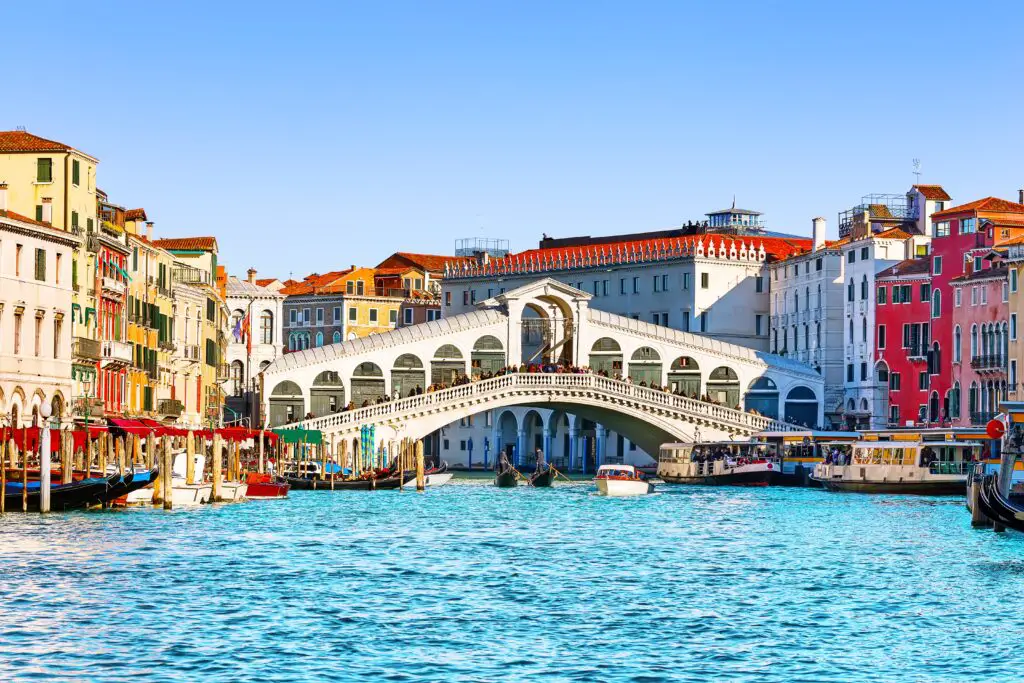
Venice may look like a picturesque haven of canals and history, but beneath its charming exterior lies a city grappling with corruption. Its government has faced multiple scandals, especially surrounding the management of funds for the city’s preservation and tourism infrastructure. Reports have shown that politicians have used public money for personal gain, leaving residents and the environment suffering the consequences says AP News.
Tourism plays a major role in the economy, but it has also fueled corruption. The influx of tourists has led to overcrowding and overdevelopment, with some businesses profiting at the expense of local culture and the environment. Despite its beauty, Venice’s popularity has sparked a cycle of mismanagement and political intrigue, making it a place where the reality is much darker than its tourist-friendly image adds Wikipedia.
2. Mexico City, Mexico
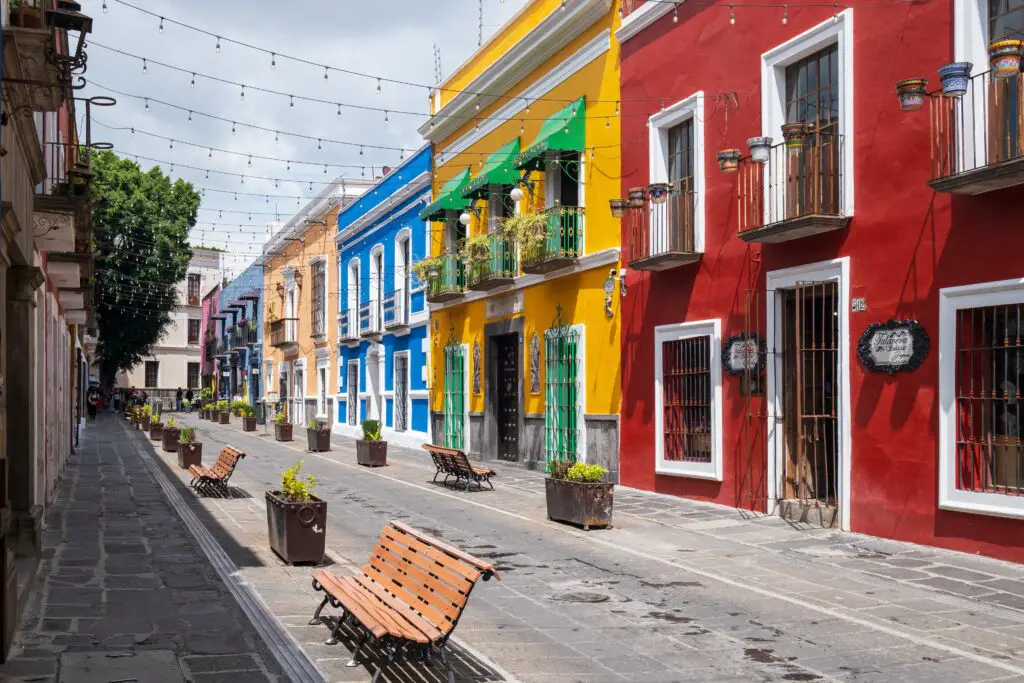
Mexico City may draw millions for its rich culture and vibrant food scene, but it’s also known for its deep-rooted corruption problems. From bribery within local law enforcement to scandals involving politicians and business leaders, the city struggles to combat a culture of graft. Many locals have become numb to the fact that corruption is a significant part of daily life in the capital shares CBS News.
While the city boasts beautiful architecture and historical sites, it also contends with a vast gap between the wealthy and the impoverished. Corruption in the local government has exacerbated these disparities, with public services and safety often compromised. It’s a reminder that even in the most tourist-heavy places, corruption can often be hidden just beneath the surface shares New York Times.
3. Cairo, Egypt
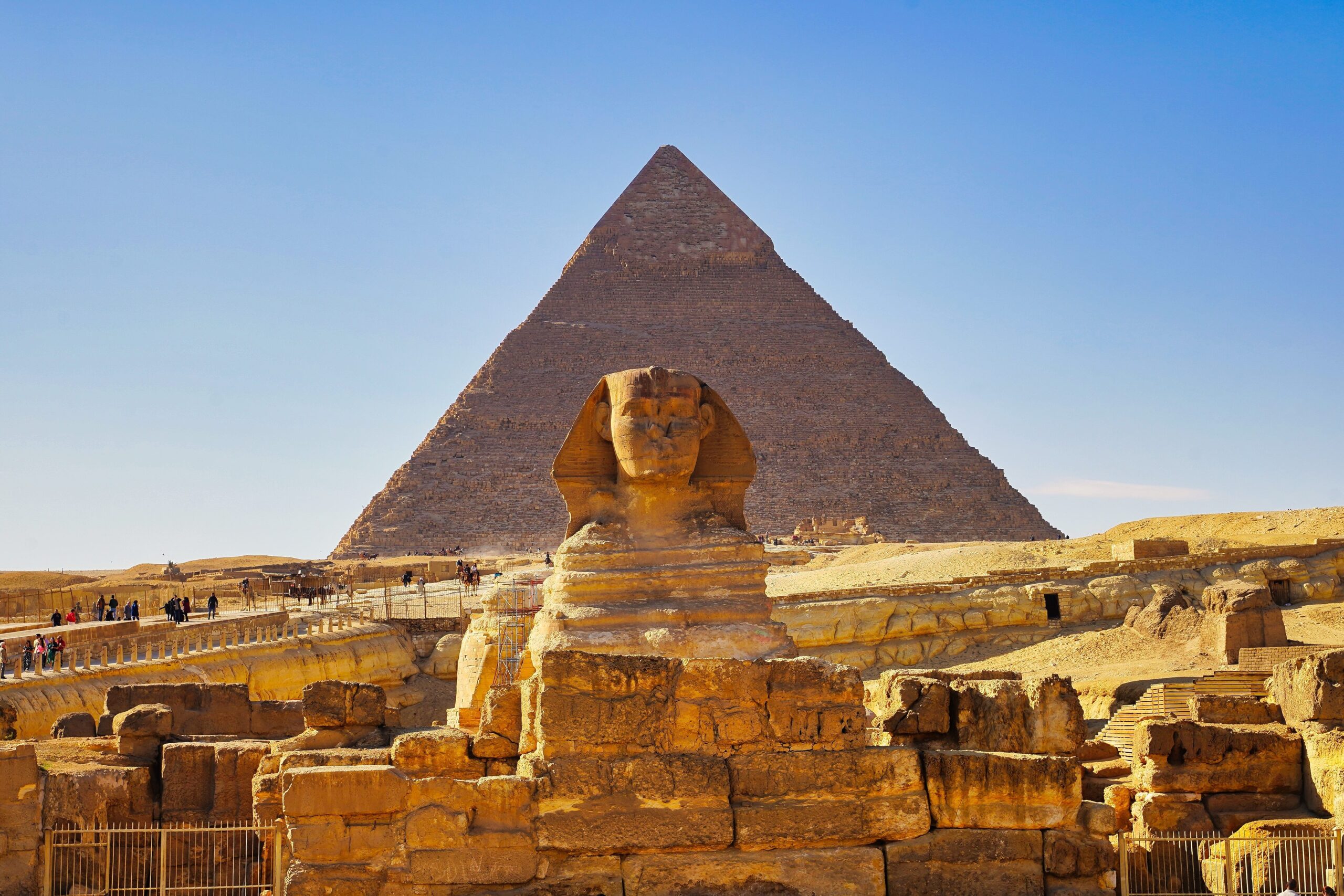
Cairo, with its grand pyramids and bustling markets, is a top destination for travelers, but the city has a dark side. Corruption has plagued Egypt for decades, and Cairo, as the capital, bears the brunt of this. From police officers demanding bribes for even the smallest favors to the political elite embezzling state funds, corruption runs deep in the heart of Egypt.
Despite the city’s rich history, the growing inequality and lack of basic services paint a less glamorous picture. As tourists flock to see the ancient wonders, they may be unaware of how deeply the system of corruption has affected daily life for many Egyptians. The tourism industry itself is no stranger to corruption, with under-the-table deals often shaping what you see and experience.
4. Bali, Indonesia
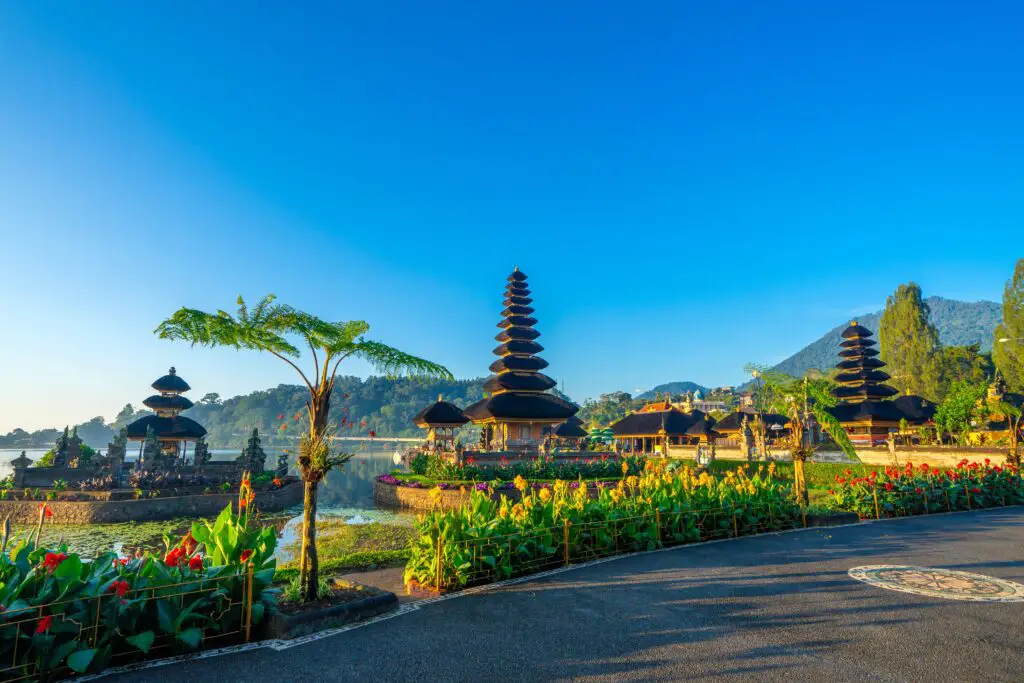
Bali is a dream destination for many travelers, offering stunning beaches, vibrant culture, and a laid-back vibe. However, the island’s charm hides an ongoing battle with corruption, particularly in the local government and law enforcement. Corrupt practices such as bribery and embezzlement are common, making it difficult for the island’s residents to thrive without facing the financial burden of these practices.
The tourism industry in Bali is also a double-edged sword. While it supports the local economy, it has often been used as a tool for exploitation. Many tourists unknowingly contribute to a system that profits a few while leaving the rest of the population struggling with underpaid jobs and a lack of resources.
5. Havana, Cuba
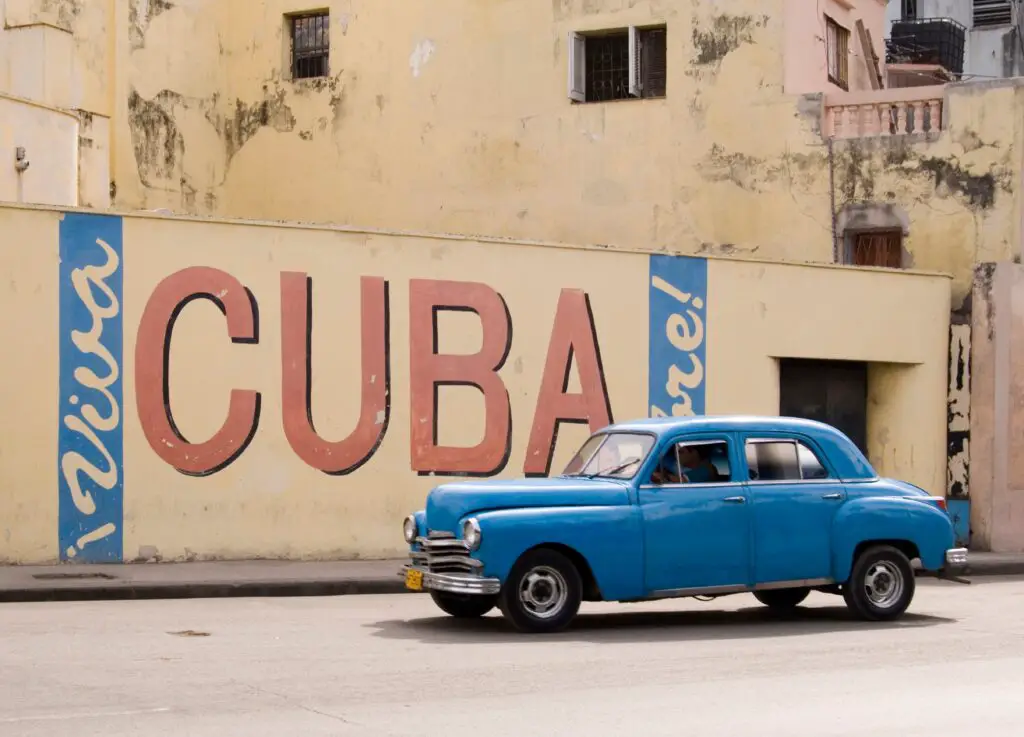
Cuba’s capital city, Havana, seems frozen in time, with its colorful streets and iconic colonial architecture. Yet, the city is a symbol of a nation riddled with corruption. While the government promotes itself as fighting corruption, many locals and visitors alike know that bribery and black-market dealings are a constant part of life. From state-run enterprises to the private sector, corrupt practices are rampant.
Tourists may not always see it, but the economy’s dependence on corruption has caused great inequality among Cubans. The government often maintains control through an opaque system of favoritism, which leaves many struggling just to get by. Despite its beauty, Havana’s problems run deeper than what meets the eye.
6. Phuket, Thailand
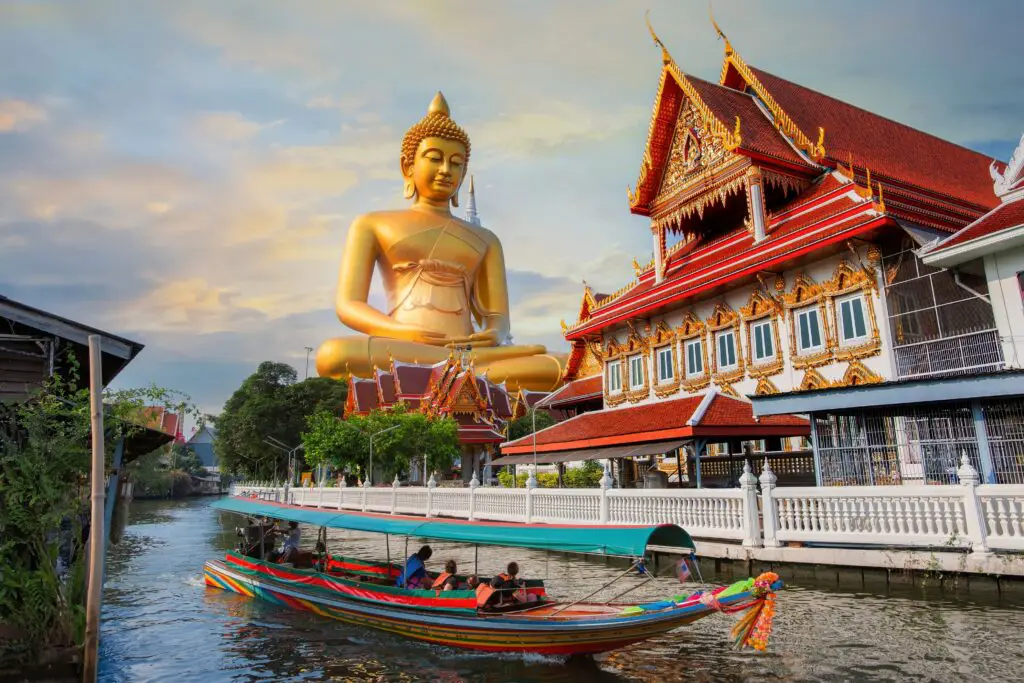
Phuket is a paradise for beach lovers, with its crystal-clear waters and stunning resorts. However, the island is also notorious for corruption, particularly in the tourism industry. From illegal land deals to police bribery, corruption is deeply embedded in the island’s economy. The booming tourist trade has only fueled these practices, with many businesses turning a blind eye to illegal activities just to make a profit.
Locals often have to navigate a complex system where political connections and bribes play a significant role in securing jobs or services. While tourists may enjoy the idyllic beaches, they may not realize that much of the prosperity is built on a corrupt foundation that harms the people who live there.
7. Dubai, United Arab Emirates
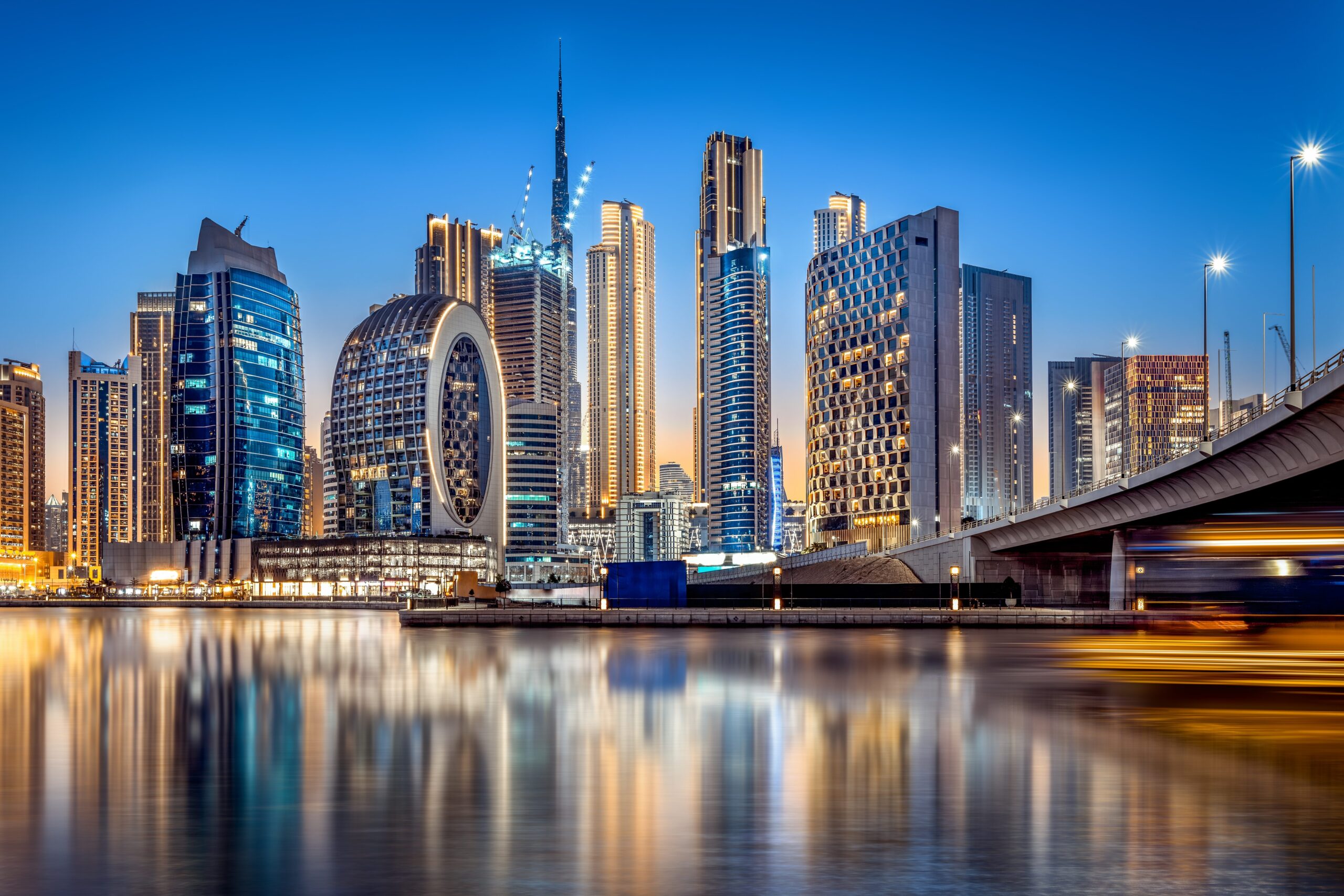
Dubai is a playground for the rich, boasting luxury shopping malls, towering skyscrapers, and lavish hotels. Yet behind the glitz and glamour, corruption is rampant. The government has been accused of exploiting migrant workers, with poor conditions and low wages often turning a blind eye to basic human rights. Politicians and businessmen wield immense power, often engaging in shady dealings for personal gain.
Though Dubai presents an image of prosperity and progress, the wealth is not equally distributed, with a few benefiting while many others live in harsh conditions. Corruption in the city affects everything from construction contracts to labor rights, making it a paradise for some, but a struggle for others.
8. Phnom Penh, Cambodia
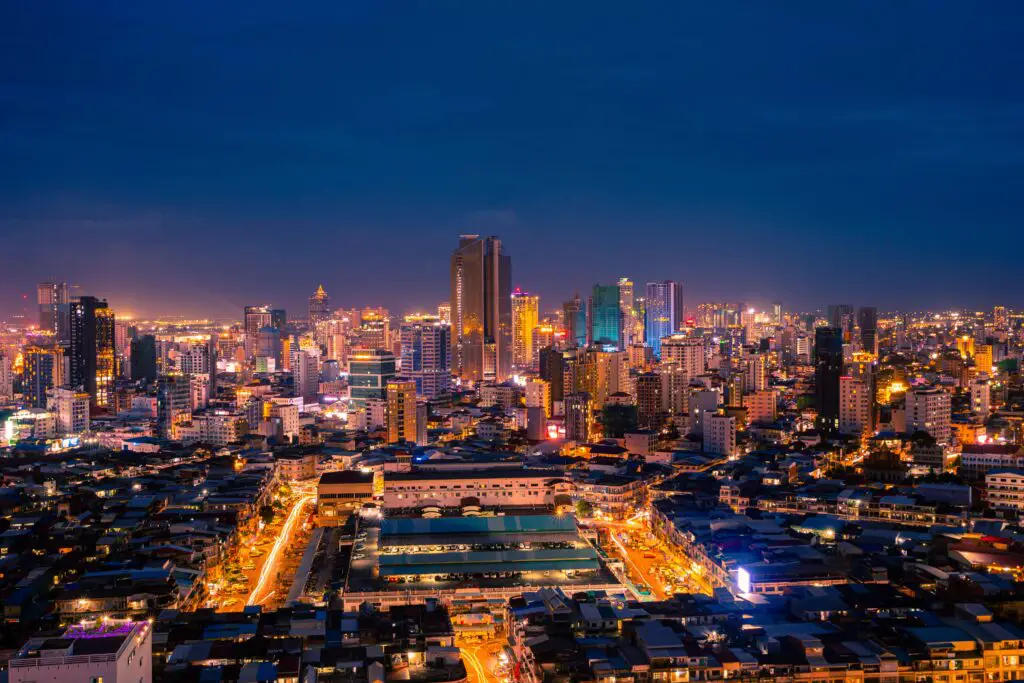
Phnom Penh, Cambodia’s capital, is often overlooked as a tourist destination, but it’s filled with hidden beauty and history. However, corruption has made it one of the most difficult cities for locals to thrive. Political leaders have long been accused of embezzling public funds, while the judicial system remains heavily influenced by the ruling elite. The gap between the rich and poor is stark, and those without connections often find themselves at the mercy of corrupt officials.
The country’s tourism industry, while growing, has faced its own set of challenges. Many tourists find themselves unknowingly contributing to a system where local officials and business owners exploit vulnerable populations. The city’s vibrant markets and historic sites cannot completely mask the economic inequalities and lack of justice.
9. Rio de Janeiro, Brazil
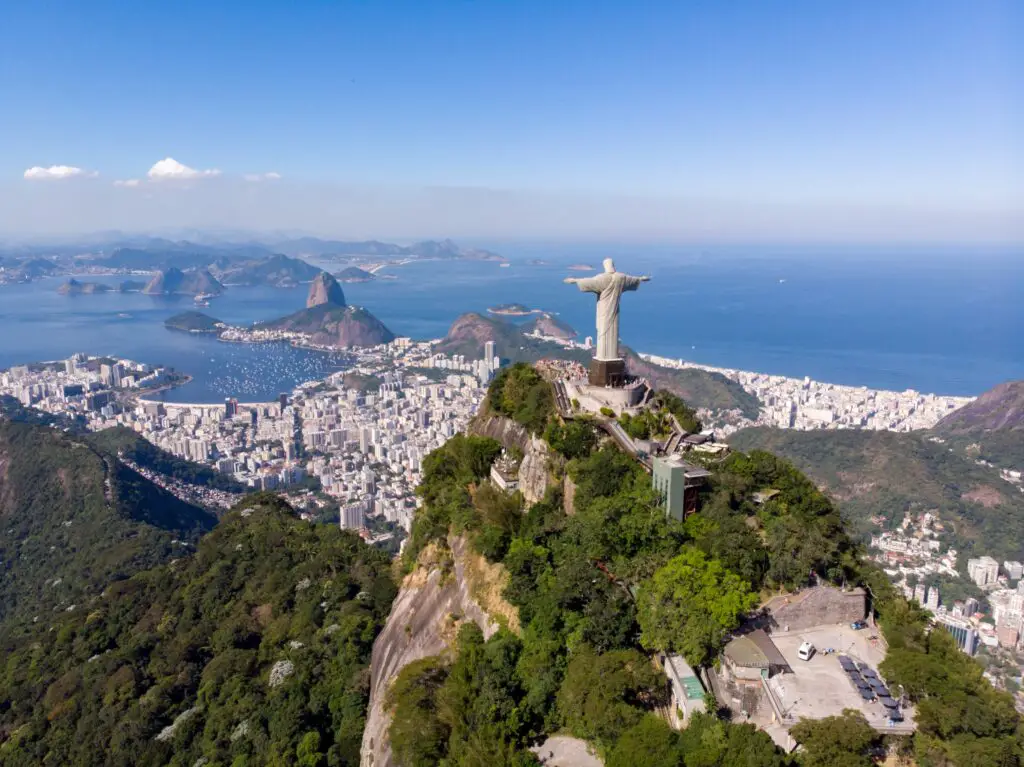
Rio de Janeiro is world-renowned for its beaches, carnival, and vibrant culture, but beneath the surface lies a city riddled with corruption. From bribery within the police force to the embezzlement of funds meant for public services, corruption runs deep in Rio’s infrastructure. Political scandals involving prominent leaders have only worsened the situation, leaving many citizens disillusioned with the system.
The tourism industry is often at odds with the everyday struggles of locals. While visitors enjoy the city’s iconic sites, the wealth generated by tourism rarely reaches the people who need it most. Corruption continues to affect public safety, healthcare, and education, making Rio a city where the bright lights hide some serious underlying issues.
10. Nairobi, Kenya
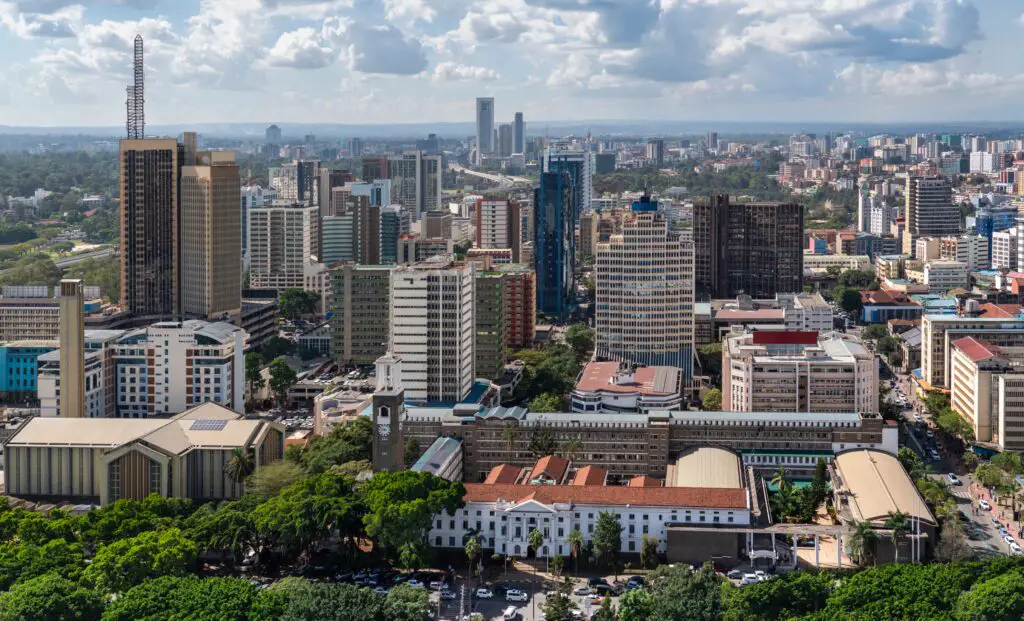
Nairobi is known for its vibrant culture, wildlife safaris, and rich history, but the city has a reputation for corruption that affects all levels of society. Bribery is common, whether you’re dealing with law enforcement, the judiciary, or even government officials. Despite significant strides in development, the fight against corruption has been an ongoing struggle, hindering the progress that many hope for.
For tourists, Nairobi presents both beauty and challenges. While it offers some of Africa’s most stunning wildlife experiences, the corruption that plagues the country leaves many locals in poverty. It’s a paradise that’s marred by a deeply ingrained culture of corruption, where some benefit while the majority struggle.
11. Manila, Philippines
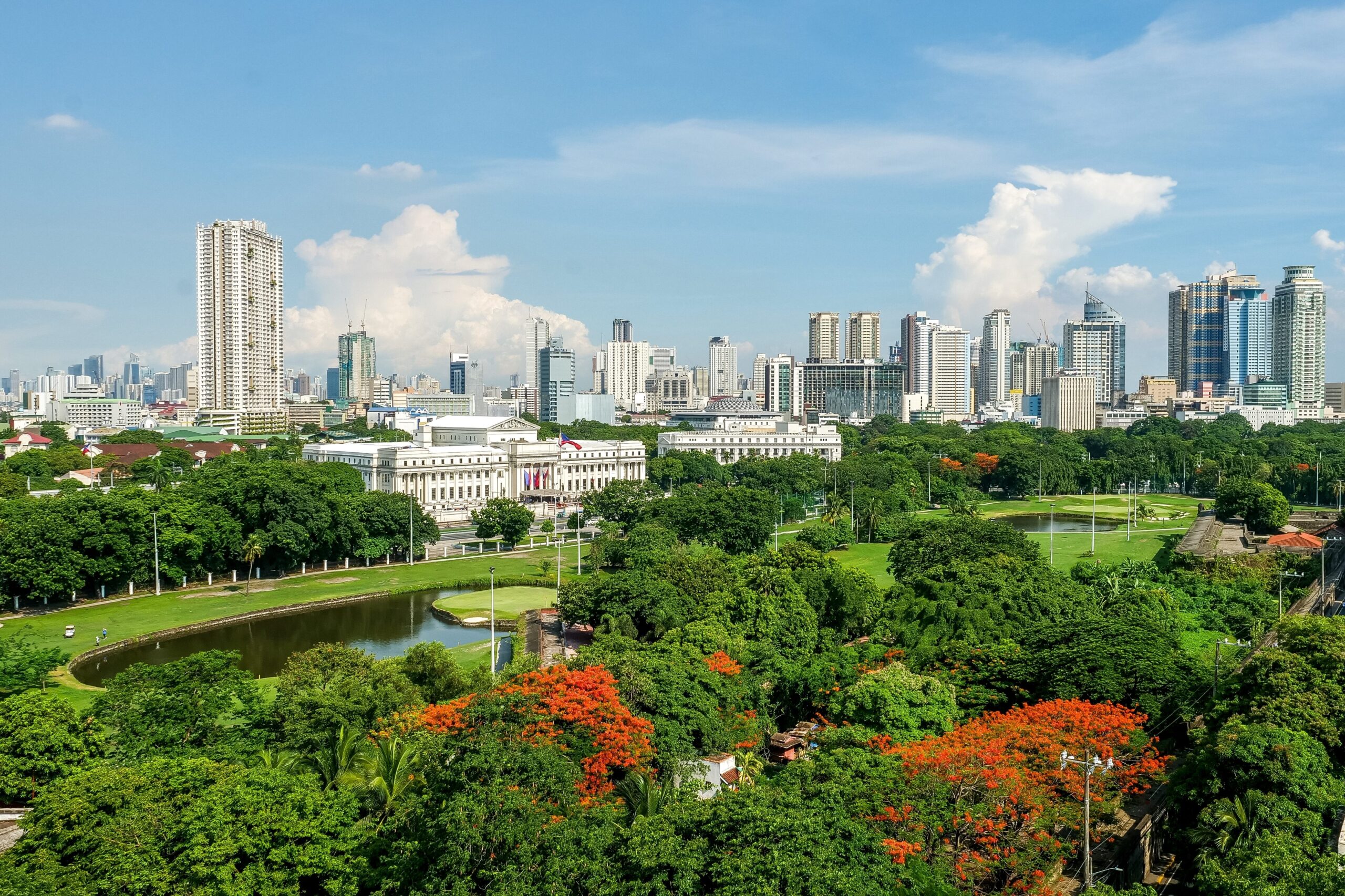
Manila, the capital of the Philippines, offers a fascinating blend of old-world charm and modernity, but it also faces significant issues with corruption. Government officials, from local leaders to high-ranking politicians, have been implicated in various scandals involving bribery and mismanagement of public funds. This has left the city in a constant state of political instability and social inequality.
Despite being a bustling center for trade and tourism, Manila’s corruption problem affects many aspects of daily life. From police officers to business owners, many are forced to engage in under-the-table dealings to get things done. Visitors may not always see the consequences, but the city’s issues are far from invisible for the locals who live there.
12. Marrakesh, Morocco
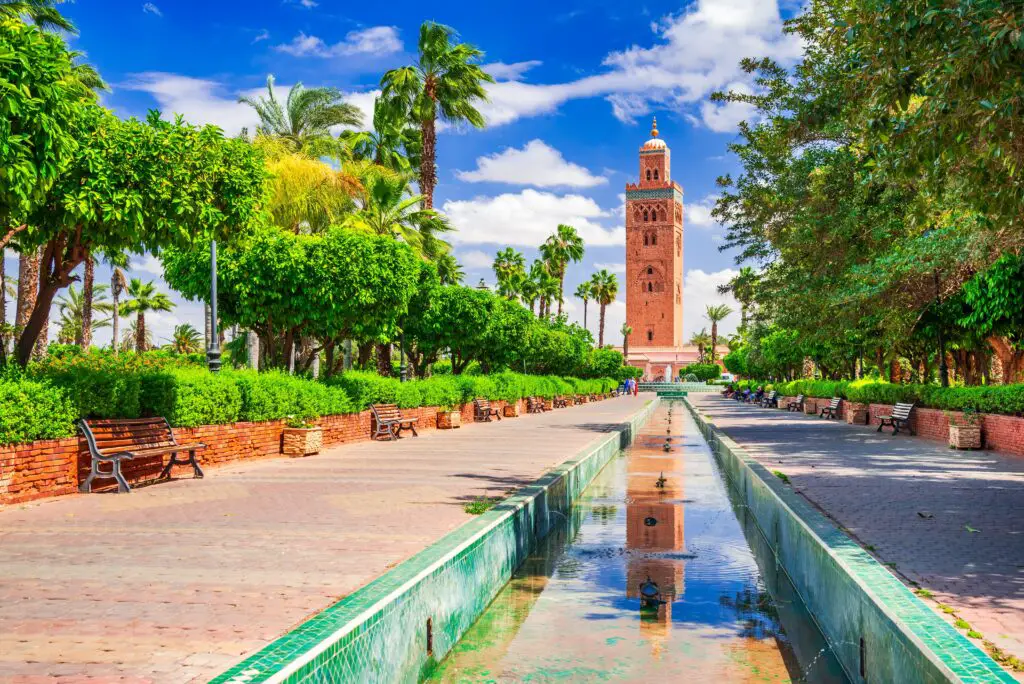
Marrakesh is a city famous for its ancient medina, beautiful palaces, and vibrant souks. However, behind its exotic charm, Morocco has long struggled with corruption, particularly in its political system. The government is often accused of misallocating funds, and local law enforcement is known for accepting bribes. This has led to a system where ordinary citizens must navigate a complex web of corruption to get anything done.
Tourists flock to Marrakesh for its stunning sights, but they may not be aware of the hardships locals face. The city’s tourism industry has its own corruption issues, with many guides and vendors overcharging visitors, while the wealth from tourism rarely reaches the city’s poorest residents. Despite its allure, Marrakesh’s problems run deep.
13. Buenos Aires, Argentina
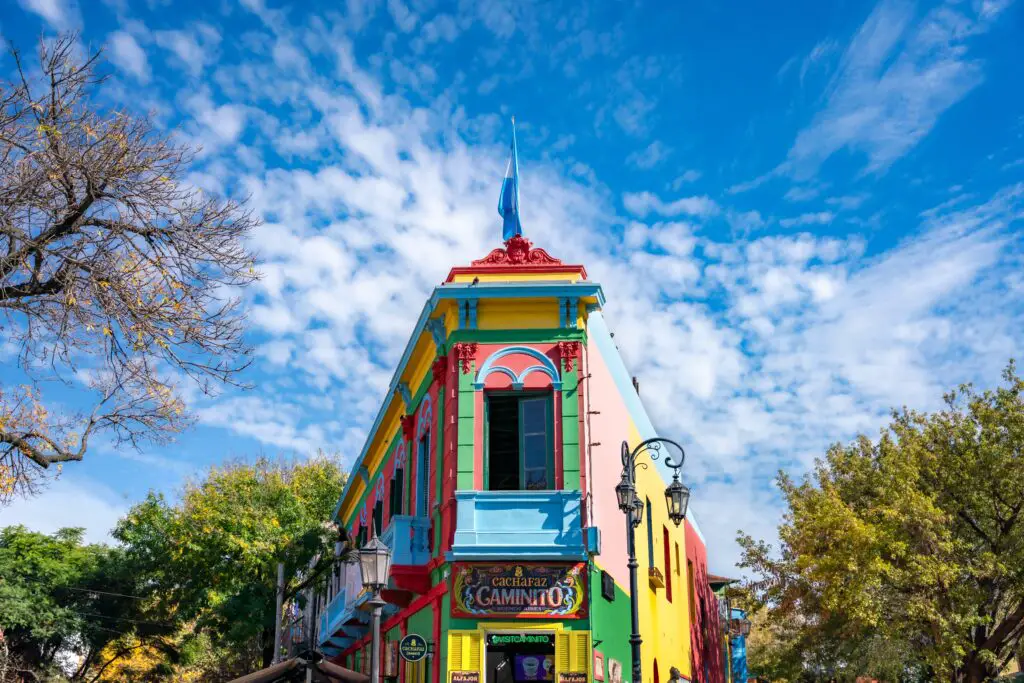
Buenos Aires is often hailed as the Paris of South America, with its beautiful architecture, cultural heritage, and vibrant arts scene. However, the city is also known for its high levels of corruption, particularly in politics. Political figures have been accused of embezzling public funds, and corruption within local businesses and law enforcement is widespread.
This corruption has had a direct impact on the quality of life for many locals, who find themselves dealing with crumbling infrastructure and inadequate public services. For tourists, the city’s glamour may hide the deeper issues at play. Buenos Aires is a city full of contrasts, where the beauty of its streets is tainted by the systemic corruption that persists.
14. Montevideo, Uruguay
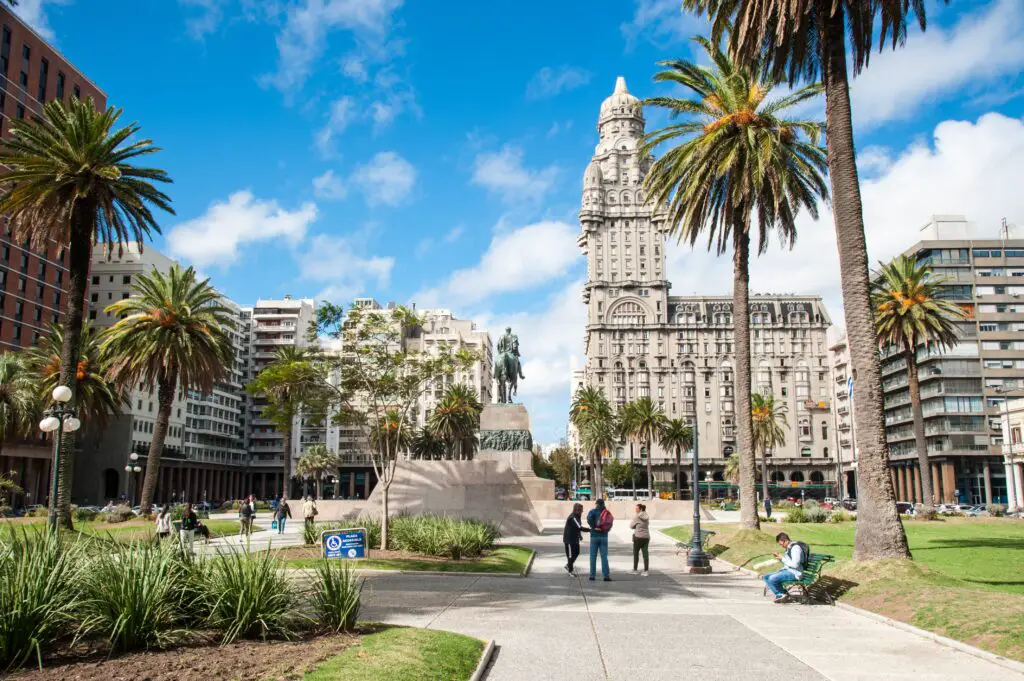
Montevideo, Uruguay’s capital, is often regarded as a safe and charming destination for tourists. But beneath its calm surface lies a city struggling with corruption at various levels. Local government officials have been implicated in multiple corruption scandals, including bribery and misuse of public funds. These issues continue to hamper the city’s development and growth.
The tourism industry in Montevideo, while growing, has not been immune to the impact of corruption. Local businesses often struggle to thrive due to the influence of corrupt political figures. Despite being a relatively peaceful city compared to its regional counterparts, the hidden corruption in Montevideo creates challenges for both locals and tourists alike.
15. Casablanca, Morocco
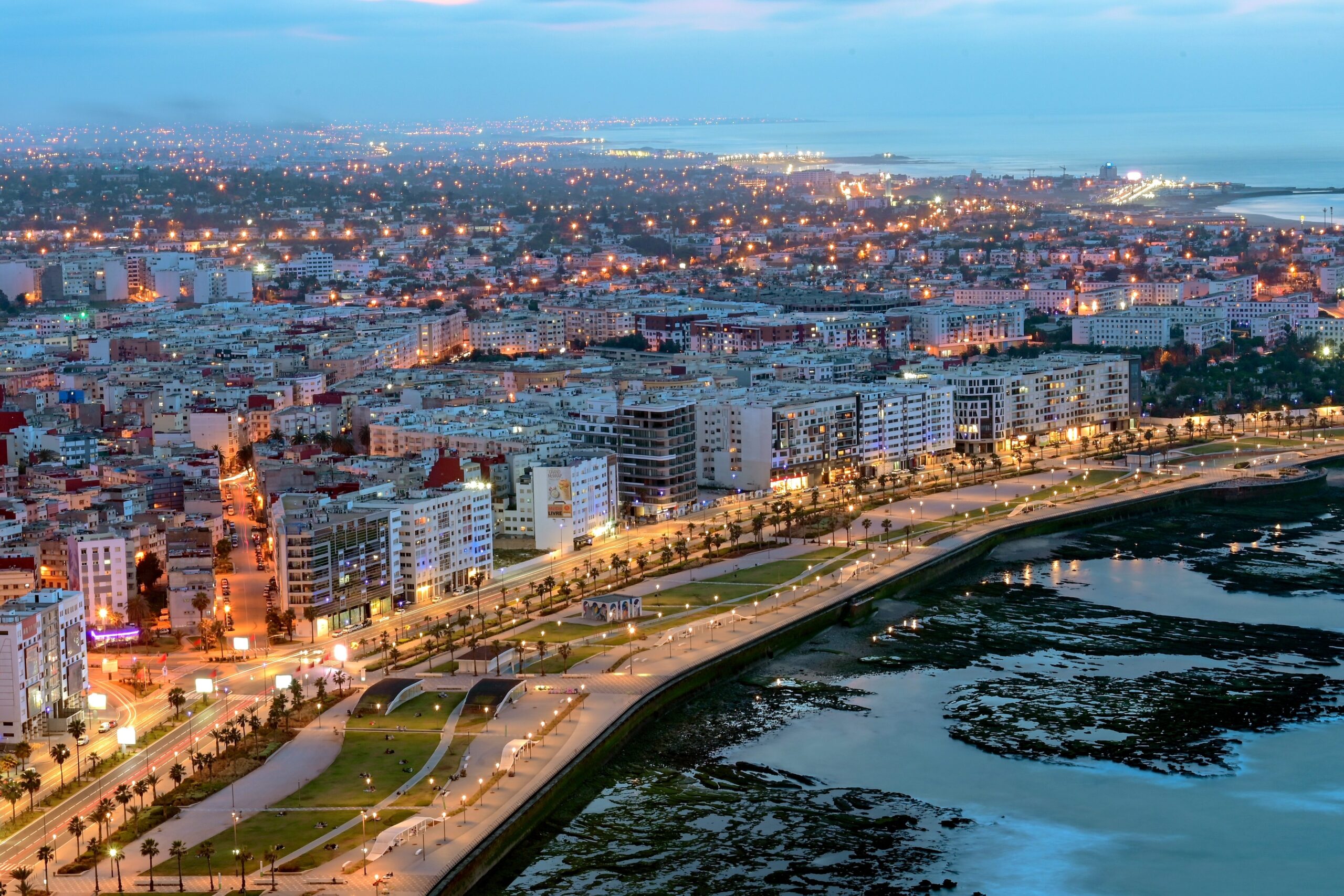
Casablanca is known for its modern skyline, beautiful beaches, and vibrant commerce, but it has also become notorious for corruption. The city’s business and political elite often engage in shady dealings to secure favorable contracts and business deals, with little accountability. This deeply entrenched corruption has harmed the city’s potential, leaving many areas in need of improvement.
Despite its status as Morocco’s commercial hub, Casablanca’s economic opportunities are often tainted by these corrupt practices. Many locals and tourists alike are left questioning how much of the city’s prosperity is built on the backs of those who engage in unethical practices. It’s a stark reminder that even the most beautiful cities have their darker sides.
16. Kathmandu, Nepal
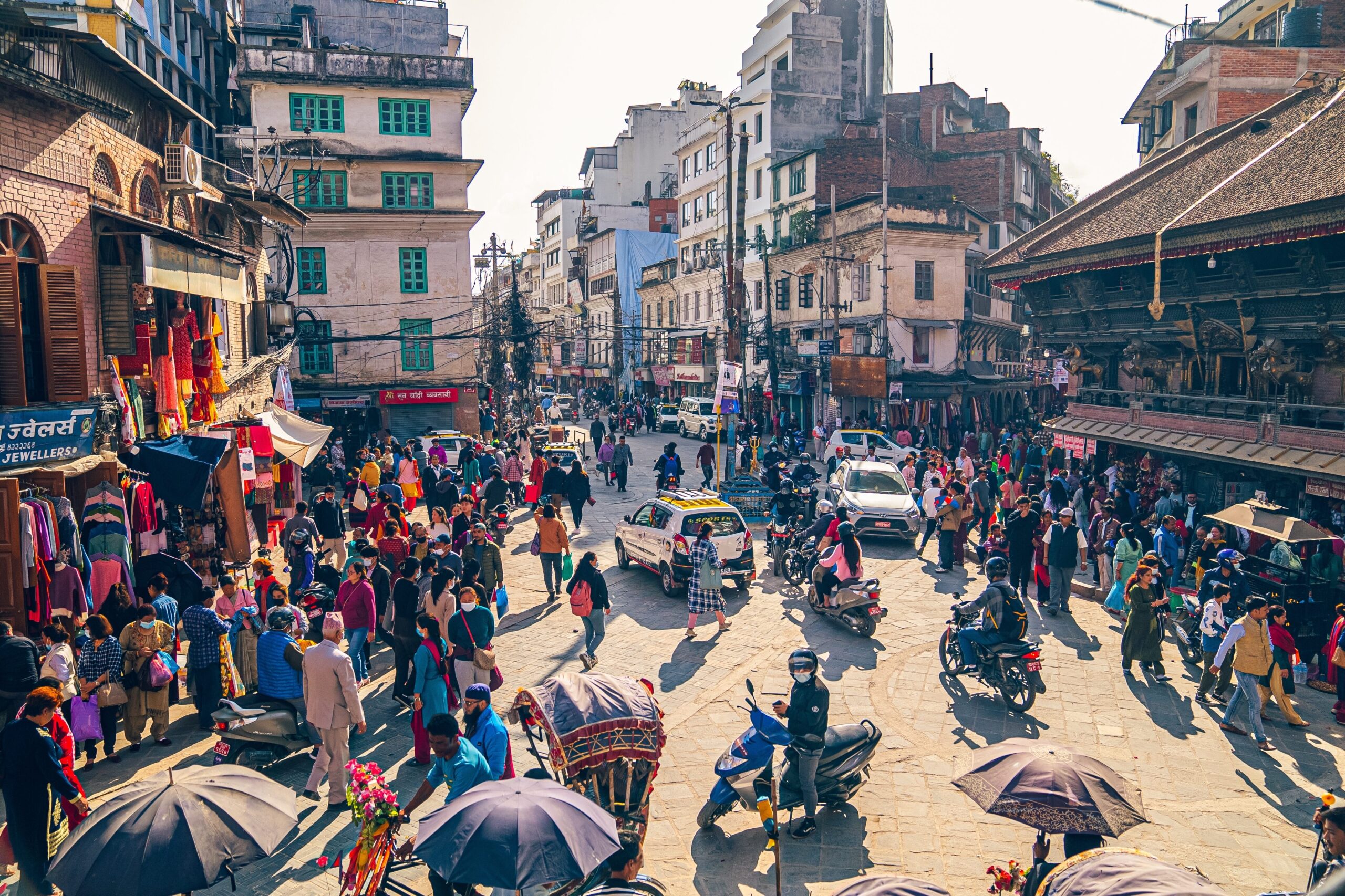
Kathmandu, Nepal’s capital, is a city full of ancient temples, rich culture, and a bustling tourist scene. However, it also faces significant issues with corruption, especially in government and law enforcement. Bribery is common, and officials have been accused of using their power for personal gain, often at the expense of the people they are meant to serve.
The tourism industry, a major part of Kathmandu’s economy, often operates in the shadows of corruption. Many tourists unknowingly contribute to an economy that thrives on underhanded dealings, while the benefits of tourism rarely reach the local population. The gap between rich and poor is stark, and corruption plays a major role in perpetuating this divide.
